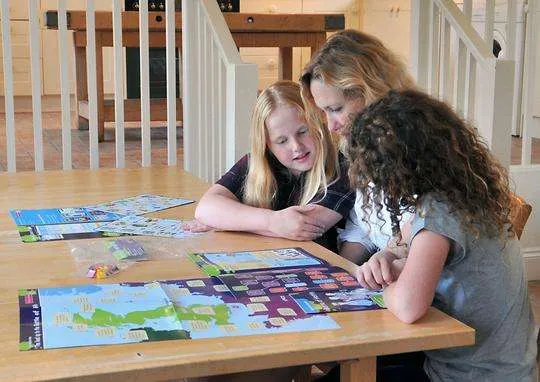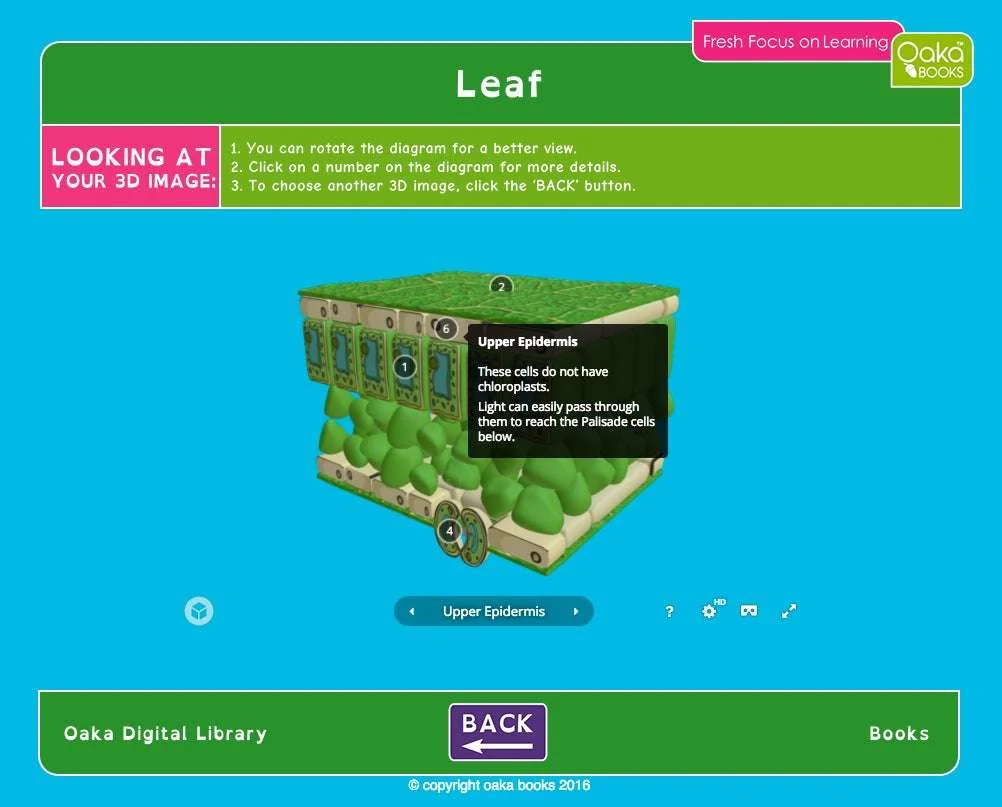Dr. Susie Nyman from the Sixth Form College in Farnborough has introduced an innovative and hands-on method using pipe cleaners to help students understand complex biological concepts. As the Curriculum Manager for Health and Social Care with 24 years of teaching experience, Dr. Nyman’s approach makes learning interactive and memorable. Below is a transcript of Dr. Nyman’s explanation.
Dr. Susie Nyman from the Sixth Form College in Farnborough serves as the Curriculum Manager for Health and Social Care. With 24 years of teaching experience at the Sixth Form College, she shared an innovative teaching method:
“I have used pipe cleaners on many occasions, particularly for students making neurons, seeing the sensory, relay, and motor neurons so they can see the difference between them. In addition, I’ve also used them for the kidney, making the kidney nephrons so students can see how the different parts work and explain it to one another to improve their understanding. I’ve also used them for chromosomes to explain meiosis and mitosis. Pipe cleaners are really useful.
Here’s an example of one we’ve used before to represent a neuron. The axon is represented by the pipe cleaner, and we’ve used beads for the Schwann cells, the cell body, and the dendrites. I often use pipe cleaners when teaching about meiosis and mitosis, cell division in biology. You can simply twist them in the middle to form a chromosome. ‘Chromo’ means colour and ‘some’ means body, so students can actually feel those chromosomes and then do the different stages in meiosis or mitosis.
My A-level biology students find it really difficult to understand DNA. So I bought some of these zips. DNA is in a spiral like this. It unwinds using DNA helicase, then unzips using DNA polymerase. DNA is made up of a phosphate sugar backbone, represented by the zip, with bases along it. Complementary free nucleotides then link together. The base adenine on the parent strand links up to thymine on the daughter strand, and guanine to cytosine. DNA polymerase moves down the molecule to form a new daughter strand of DNA.”





